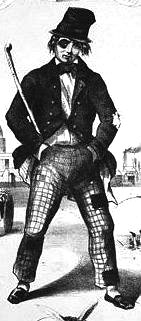Venue Type & Location
Overview
Address: 385 Dundas St., Woodstock Ontario
AKA: The Capitol Theatre
Current discussion about the sale and probable demolition of the old Capitol Theatre, built in 1864 as the Woodstock Opera House, brings back memories of the heyday of local movie houses.
The elegant theatre featured a huge chandelier, a large horseshoe-shaped balcony and an orchestra pit. During the first years, it hosted many eminent groups, including the touring New York Opera Company, and prominent political figures as they stumped the hustings in search for votes.
In the early 1900s, former Canadian prime minister Sir Wilfrid Laurier and opposition leader Sir Robert Borden each presented their views of the controversial reciprocity discussion; 75 years later that discussion was still alive and well as the free trade issue.
Local music entrepreneur Thomas Carter bought, remodeled and renamed it Carter's Music Hall in 1890 and, after it was badly damaged by fire in 1893, enlarged the capacity to around 1,100. In those years, the travelling shows used what was claimed to be the largest stage between Windsor and Hamilton as a favourite testing ground before moving to major cities.
In 1908, it became part of the Griffin Amusement Company of Toronto's theatre chain. More renovations increased the seating capacity to over 1,400 and it had a house orchestra of six local musicians who accompanied the silent movies.
The Famous Players chain took over in 1927, renamed it the Capitol Theatre and operated it until 1940 when local businessman Tom Naylor took over. Regulations requiring new standards included upgrading the sound system, fire-proofing the projection booth -- film was highly flammable -- and cementing the floors, which no doubt resulted in the demise of the old horse-shoe balcony.
Although vaudeville was pretty well kaput soon after talking movies arrived on the scene it was still alive on the Capitol stage until well into the '50s as a Saturday night feature.
Additional renovations in 1975 created a twin two-storey movie complex that was the only theatre in town for a few years. It closed in 1999 due to the new Gallery Cinemas.
Symons, Doug. "Memories of the Capitol Theatre." Woodstock Sentinel Review. 28 September 2009. Accessed June 4, 2017.
www.woodstocksentinelreview.com/2009/09/28/memories-of-the-capitol-thea…

